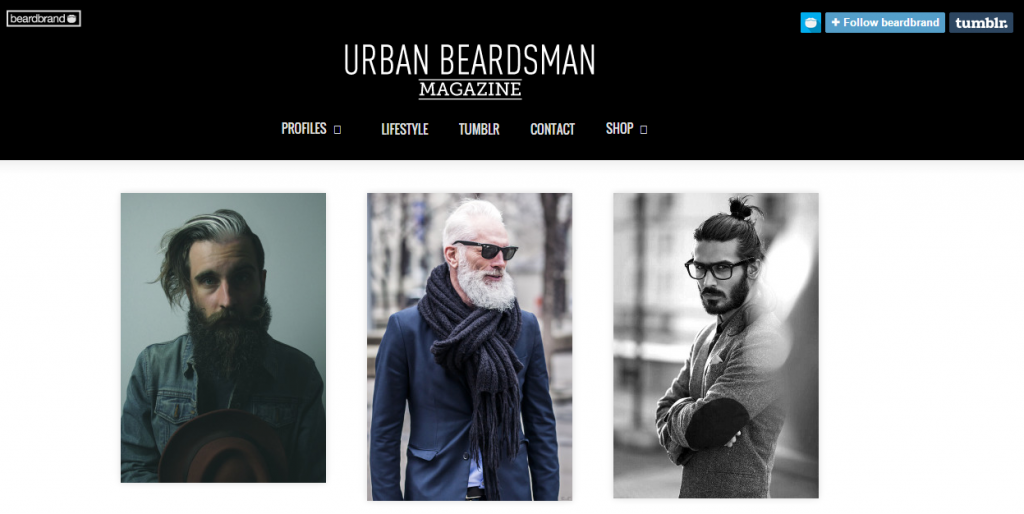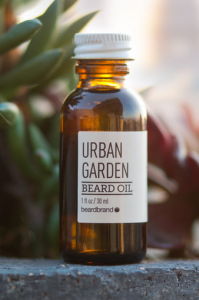Beardbrand Shares 6 Tips to Scale Retail Distribution to National Chain Stores

Just like a proud parent sending their child off to college, retailers nurture and care for their products with the hope they will one day go on to bigger opportunities and flourish on the shelves of national retail chains like Target, Nordstrom and Walmart.
 Although branding stardom may not happen overnight, Beardbrand co-founder Lindsey Reinders offers 6 key strategies retailers can leverage right away to gain the attention of big chains.
Although branding stardom may not happen overnight, Beardbrand co-founder Lindsey Reinders offers 6 key strategies retailers can leverage right away to gain the attention of big chains.
Beardbrand, a collection of specialty beard care products is a premier example of a successful independent specialty product that quickly found it’s way into the favorable arms of big retailers like Urban Outfitters and Nordstroms.
Founded in 2012, Beardbrand is now recognized as one of the top Google Search results for beard care and a popular brand choice for hundreds of upscale salons and specialty stores.
In an interview with CPC Strategy, Reinders shares what techniques helped get Beardbrand off the ground and into the spotlight.
1. Build a Social Media Empire
In February of 2012, Founder Eric Bandholz headed to Portland, OR for the 2012 West Coast Beard & Mustache Championships. He was about 8 months into his “yeard” and was competing in his first beard competition.
Shortly after the competition, Bandholz launched Beardbrand as a way to unite beardsmen. They focused on social media growth and invested in the development of a quality YouTube channel, and a Tumblr blog.

According to Reinders, the social media foundation attracted a following of dedicated brand consumers and beard enthusiasts who joined Beardbrand in their mission to end the negative stereotypes about beardsmen being lazy or unkempt.
For several months, the company continued blogging, making videos and connecting with their online community of individuals who understood the challenge of being a bearded man in the home or office.
 2. Polish Your Pitch with 3 Selling Points
2. Polish Your Pitch with 3 Selling Points
From the start, Beardbrand was upfront and honest with buyers about what they were selling and what they hoped to accomplish. Maintaining the integrity of the brand was essential to Reinders and her team.
They were able to communicate their pitch effectively to big name retailers by focusing on:
3. Do Your Competitor Research
Aside from understanding and communicating your own brand’s vision, it is important to be knowledgeable about your competitors. Big name retailers are going to ask: Why should we choose you over other competitors?
It’s important to acknowledge the positive and negative practices of other brands and to be educated in what sets your product apart.
Beardbrand knew the beard market was growing and quickly – not just in niche markets but internationally as well.
The “clean cut” professional working man was quickly being replaced with a sophisticated bearded man complete with well grooming habits and a heightened sense of style. The beard trend was showing up everywhere in pop culture, sports, contests, neighborhoods, music, the workplace and more.
Reinders knew her team had a product that was in demand but determining their best selling points is what led them to the forefront.
4. Start Small in Specialty
One of the first places Beardbrand targeted was specialty barbershops and salons. According to Reinders, they wanted to target services that understand the profession of facial hair and grooming.
This helped the brand build credibility before they walked into meetings with giants like Nordstrom.
By engaging with smaller retailers, her team was able to perfect their pitch. It gave the small but growing retailer a chance to tackle questions about pricing and distribution on a practical level.
5. Be Proactive in the Trade Show Community

Tradeshows are an extremely valuable opportunity for retailers to get in front of distributors. It’s also a window to build on personal relationships within the industry. While strong social media, great branding and unique packaging are all influential factors – if big name retailers don’t see you active in the community of emerging trends- you could miss out.
For Beardbrand – building personal relationships with Nordstrom stemmed from a series of pitches, trade shows and eventually influential personal contact with someone who worked internally with Nordstrom and used their product regularly.
Over several months, the brand name starting popping up across all venues – socially and internally within the industry. Nordstrom eventually came back around with a proposition – they had to have Beardbrand on their shelves.

6. Know your Manufacturing / Distribution Limitations
Lastly, Reinders wants retailers to be aware of their manufacturing and distribution limitations. Big name retailers want unique, quality items that are going to sell – but if you’re company is not at the maturity level to distribute massive quantities- don’t fake it.
It would be far worse to overestimate what you are capable of than to tell retailers exactly where you stand. If you’re overestimating your capabilities, there is a good chance retailers will sense this and it may actually discourage them from wanting to do business with you.
Be up front and confident in what you are capabale of and from there the relationship can grow organically.
